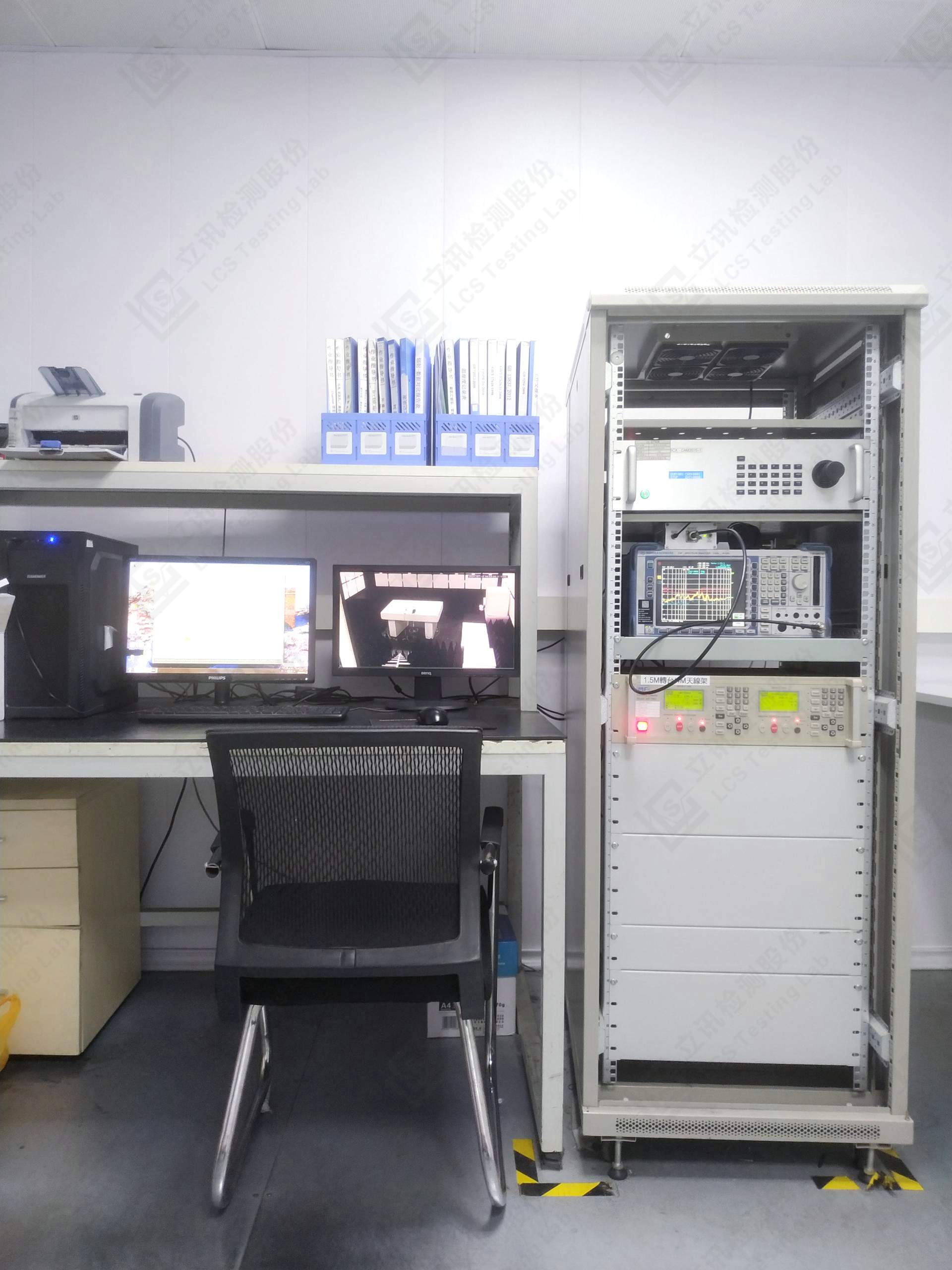Shenzhen LCS Compliance Testing Laboratory Ltd. |
|
Verified Suppliers
|
|
Certification Introduction:
Z-Wave is an emerging short-distance wireless communication
technology based on radio frequency, low cost, low power
consumption, high reliability and suitable for networks. The
working frequency band is 908.42MHz (United States) ~ 868.42MHz
(Europe), using FSK (BFSK/GFSK) modulation method, the data
transmission rate is 9.6 kbps, and the effective coverage range of
the signal is 30m indoors and can exceed 100m outdoors.
Advantages of Z-Wave Technology
low cost:
The home market mainly values the low cost of technology applications, networking security and ease of use. Z-Wave has always focused on the home control application market, with clear application areas and simple structure. Its low cost is mainly contributed by three aspects: First, Z-Wave has low development costs. It uses integration methods to integrate multiple devices on a single chip, which greatly reduces development costs; second, design and installation Low cost. On the basis of satisfying home control, the design of the Z-Wave system does not need to be as large as ZigBee, which objectively ensures its low cost; thirdly, low cost of use, that is, low power consumption, due to Z -Wave technology has low communication volume in control and information exchange, and the bandwidth it uses is only 9.6kb/s, which greatly reduces the operating power consumption of home facilities and is an important factor in low cost.
Good coverage and stability:
Coverage and stability directly affect the success or failure of home wireless control technology applications. Z-Wave has strong coverage capabilities, which is mainly due to two aspects: First, it uses a small data format to transmit, and compared with other similar wireless technologies, it has a relatively low transmission frequency (868MHz or 908MHz) The Z-Wave signal wave has stronger diffraction ability and can bypass obstacles to control related products. The second is that Z-Wave supports mesh network topology. The dynamic routing mechanism integrated in this technology allows each Z-Wave device to retransmit signals from one device to another, thus ensuring highly reliable transmission covering the entire home. .
In terms of stability, Z-Wave is a two-way transmission wireless communication technology. This technology does not use public frequency bands for transmission like other radio frequency technologies. Instead, it uses a two-way response transmission mechanism, compressed frame format, and random inversion algorithm to reduce distortion and interference and ensure the stability of transmission; at the same time, Z -Wave's dynamic routing function and mesh topology can effectively improve signal transmission efficiency, and the point-to-point communication network will not affect the work of other nodes due to the failure of one node, further ensuring the stability of the application; in addition , in order to further enhance the security and reliability of technology applications, Z-Wave technology will further consider providing encryption measures. The success of this move will greatly expand the application of Z-Wave technology in smart homes.
Flexible and convenient operation:
In home applications, users are not only concerned about the stability of the system, but also the flexibility and convenience of operation. At this point, Z-Wave has obvious advantages: Z-Wave integrates a variety of devices such as microcontrollers, digital-to-analog converters, and serial peripheral interfaces (SPI) on a single, smaller chip, making it easy to integrate into Among products with strict size requirements, the products have good compatibility and interoperability, making it more convenient in layout planning, design and extension; at the same time, due to the adoption of unified specifications and standards, the operation and use of Z-Wave products are basically the same. Whether it is a lighting control system or a security control product, its use is a simple code adding and evacuating operation, and then the networking operation can be realized. For triggering induction between different products, the operation is also extremely simple and can be completed in basically one or two minutes.
Certification standards:
Europe: EN300 220-1/-2, EN301 489-1/-3;
United States: FCC Part 15.249;
Canada: RSS-210

